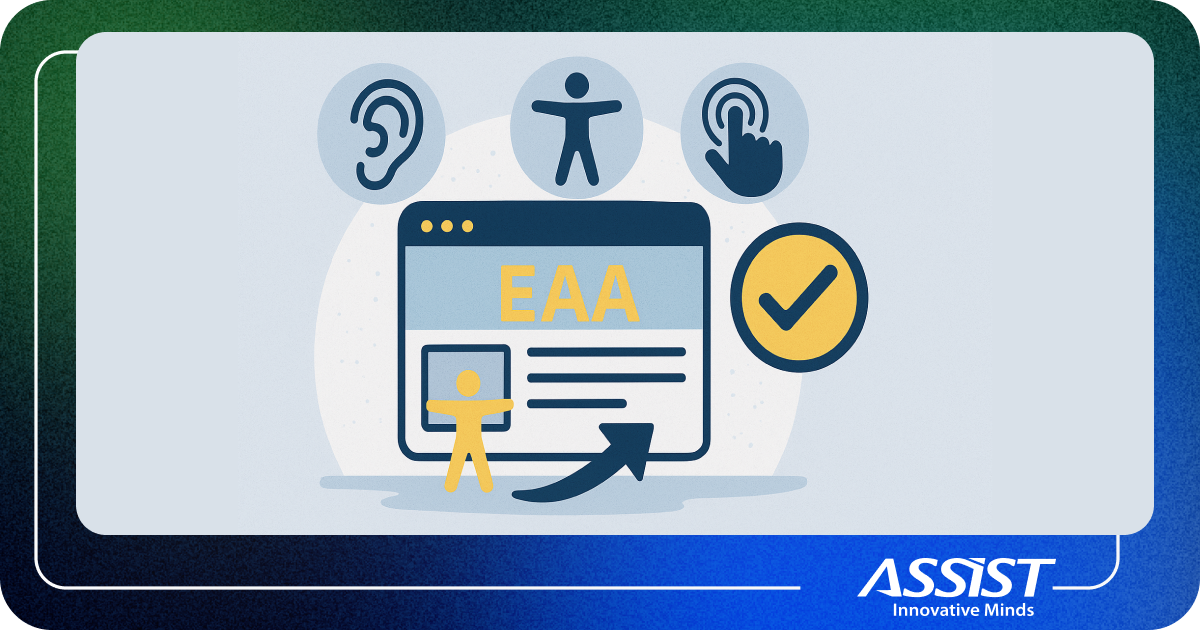Loopme - Android Application Preview
Loopme represents the next step in parent-teacher interaction by making a social network with class representatives (teachers, parents and children). The main goal of the application is to keep in touch parents about their children's daily activities.
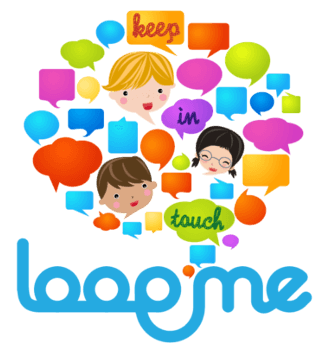
Class teachers can upload pictures and videos, post descriptions about class activities during the day, post links and add topic comments about future plans. Parents can share their perspective, view the class members and contact other parents by their information details.
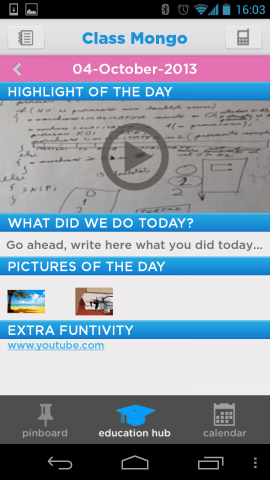 | 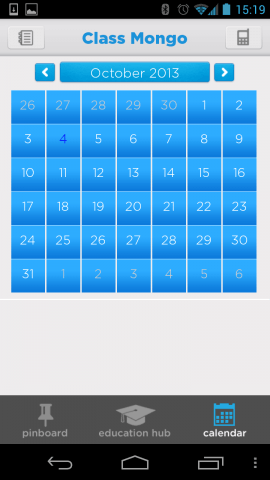 | 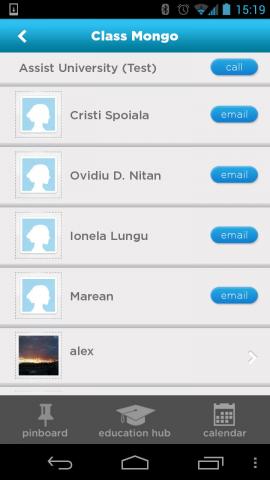 |
Parents can review the content posted by the teacher, leave likes & comments on topic discussions or photos, have access to teacher's contact details. As result parents can contact teachers, the institute and other parents based on the contact information available.
From the android development perspective the biggest challenge was the diversity of devices running this operating system and the maximum version type of each device coming with: from Android 2.3 to Android 4.3.
Just to inform the usual consumer, Android devices are used:
- 33% with Android 2.3 versions (Gingerbread)
- 22.5% with Android 4.0.3-4.0.4 (Ice Cream Sandwich)
- 40.5% with Android 4.1.x-4.2.x (Jelly Bean)
- 4% shared between transition platforms (Donut, Eclair, Froyo, Honeycomb).
To summarize, every user will notice a big difference between versions 2.x to 4.x ranging from: graphics, animations, user experience and user interface to more dynamic applications, better processing speed and a more natural usage. The same challenge is with development, the version 4.x is more intelligent and powerful, while the 2.x must be made as the version 4.x this means doubling the development time which is a problem when dealing with a deadline.
Let’s take our application as an example, the parent is eager to find out what happened at school today, wants to make suggestions regarding specific events or synchronize their calendar with the upcoming events in their child’s activity; no matter the purpose or the platform of their phones they should have the same pleasure while using the application as the pleasure itself of finding out new and exciting information about their child’s progress in life.
Developers have the following target: to build the application and all of its features! But how can we maintain that “something” that makes the user’s eyes glow while using the application and unvealing information on their child? A simple answer from developers point of view: no bugs & good performance although that doesn't make an application special but only functional. Here is where the “feel and smell” of the product owner will be harnessed and will inspire the developers to do their jobs better and more impressive.
The product owner is the member in the development team who polishes the cover, gives it a good smell and makes it shine, so the client will appreciate the application. In order to have these finishing touches he has to understand the technology used for the application, the purpose of the application and the upcoming problems from the technical perspective described above of dealing with different versions of operating systems.
As we described the internal process of organizing a project, we had come upon three major points: development structure, team organizing and time planning but the most important understanding the client and user’s “senses”.
These key parts are just the top of the iceberg but our team is ready to undergo any challenge that comes in front of us, all of the steps described above are handled with caution and precision planning. If we don't have a challenge we challenge ourselves to do better and more precise.
Loopme development process had its challenges, we confronted them and gained new experience. We also realized the more we learn, the more is to be learnt.
CAN YOU GIVE US ANOTHER CHALLENGE?
If you want to know more please visit Our Projects page and www.loopme.info.
→ If you want to find out more about the author of the article click play on the below video.



